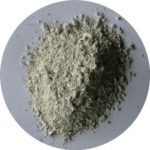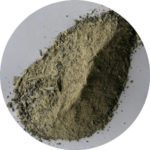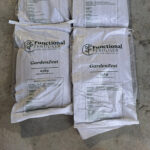As a sharemilker, coming from an education background with only school and university holiday experience on dairy farms and hungry for information, I collected and stashed any interesting and potentially useful information.
It’s been kept in boxes and added to over time as good information has come to hand. We were fortunate in the 70’s and 80’s to have Farm Production and Practice sheets provided free of charge by the Ministry of Agriculture and Fisheries department.
Those aglink sheets were a single backed A4 sheet crammed with useful data based on local research, with a wide range of topics covered.
It was all good stuff that abruptly ended in the late 1980’s as ‘user-pays’ kicked in and the only research undertaken was short-term industry funded with a commercial focus.
Much of the earlier information ended up in Research Institute Libraries, which in time could only be accessed by paid up members.
Coming from an era when good information was free demand for payment didn’t sit well and those of us sufficiently interested scoured relatives book-shelves and second hand book shops for relevant books and bulletins.
Nowadays the internet is the source of most information and there is, I think, the tendency to believe that if it’s not immediately available it doesn’t exist.
From aglink FPP 211 published in 1984 is information on earthworms that exist under pasture.
“Earthworm species
There are over 190 earthworm species in New Zealand, but only a few introduced species are regarded as beneficial. Allolobophora caliginosa, a relatively small, active, greyish-pink earthworm is the most widely distributed introduced species and generally predominates under pasture.
Other species, mainly native, occur under pasture, sometimes in quite high numbers, without observable beneficial effects.
Effects of Earthworms
The obvious changes resulting from earthworm activity are the incorporation of organic matter from the soil surface and the strikingly improved open friable structure of the soil. Plant root development improves and soils are moister.
Analyses show that lime, plant nutrients and insecticides are also mixed through the soil. Infiltration rate doubled from 12.5 mm to 25mm/hr, moisture holding capacity increased 17%, and available moisture in the top 30cm increased by 17.5mm in the soil tested.
Better infiltration reduces run-off, erosion, and flooding. Improved crumb structure lessens the risk of wind erosion.
Earthworms hasten the decomposition of organic matter and the cycling of nutrients.
Production increases
Dry matter (DM) production increases of 28% – 111% have been measured in pot trials. A 72% increase in spring pasture production was measured at Hindon, Otago, 5 years after earthworms were introduced.
Areas with and without beneficial species have been observed on a wide range of soils. Obvious improvements in soil structure and moisture status and in pasture composition, vigour and growth (particularly in late autumn/early spring) support the research findings. Production increases of 25-30% or 2.5 s.u./ha can be confidently expected following earthworm establishment.
Earthworm Requirements and Behaviour
Earthworms are affected by levels of organic material, calcium, soil moisture, and temperature.
Organic material is generally adequate under grazed pasture, where the weight of earthworms can approximate that of the stock carried. Populations are lower in ungrazed and cultivated areas.
Calcium stimulates earthworm reproduction and activity. Numbers have increased by 50% in response to 2.5t of lime/ha and by 90% in response to 5 t/ha. Low populations are often associated with low calcium levels, …”
There is also plenty of NZ research on the effect of beneficial fungi and bacteria, dating back to the 1960’s and earlier.
As much as the move toward a ‘greener’ farming future is causing consternation amongst many farmers, much of the research has already been done and the required changes in farming practises can be rapid and seamless, without any short-term downside affect. For information call Peter on 0800 843 809.




